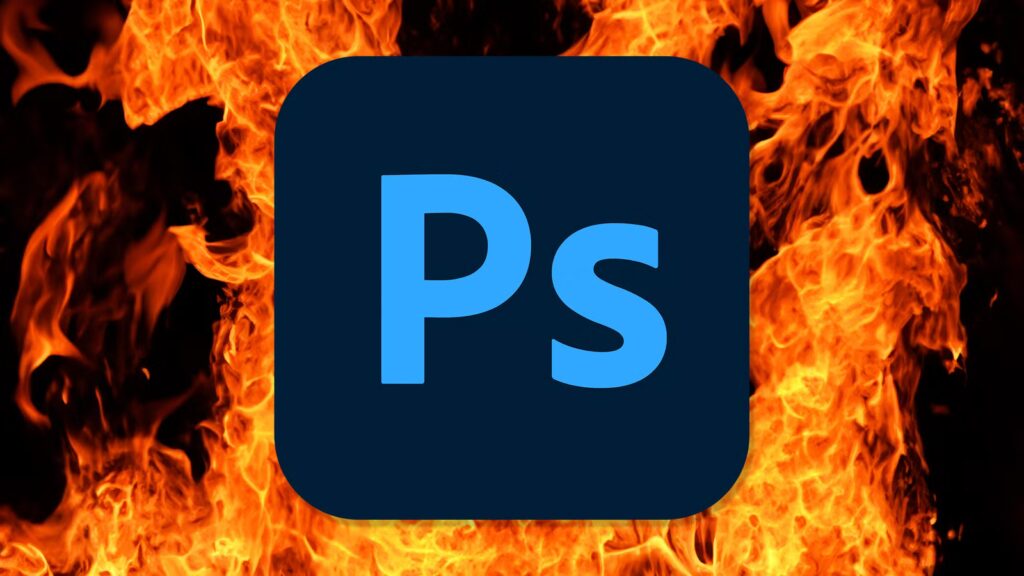When it comes to photo editing, Photoshop is the 800-pound gorilla in the room. It is so universal that the name has even become a verb.
However, a competitor—Canva—offers their Photoshop alternative, Affinity, for free now. After spending a few hours with it, I don’t think I’m ever going back to Photoshop.
What is the problem with Photoshop?
Photoshop is an incredible piece of software; it is second to none if you’re strictly concerned about the number of features and flexibility that is available.
Those features and flexibility come at a cost though—literally. The least expensive Photoshop plan available on the Adobe website is currently $30 per month if you pay month-by-month. That works out to $360 per year.
If you commit to paying for a year, you can pay as little as $20 per month or $240 per year, but that comes with a huge catch: if you cancel early, you’re on the hook for “half of your remaining annual commitment.” That could be as much as $120!
I’m not a professional artist, so the relatively high cost combined with the unfortunate cancellation terms means that Photoshop, while an incredible piece of software, is just too expensive to justify.
Luckily, there is now another free alternative.
Affinity is a a fantastic Photoshop alternative
Photoshop is so packed full of features that you’d be hard-pressed to find anything that matches it one-to-one, but Affinity (by Canva) gives it a serious run for its money, especially if you’re aiming for more casual use.
The single biggest advantage Affinity has over Photoshop is just how incredibly intuitive all of the tools are.
The first, and biggest, difference I noticed between Photoshop and Affinity are the four big tabs at the top: Vector, Pixel, Layout, and Canva AI.
In the time I have used Affinity, I found sorting the user interface this way helped cut down on clutter a ton. When you’re in the Vector tab, you see the tools most relevant to vector art; when you’re in the Pixel tab, most of the tools are the ones you’d use for raster-based art.
The drawing tools are everything I wanted
I’m not much of a drawer—normally I’m limited to stick figures—but I still found Affinity’s drawing tools very easy to use. My favorite is the stabilizer tool, which is featured prominently right at the top.
It smooths your mouse movements so you can draw nice, smooth lines, something that is ordinarily borderline impossible.
It also has all of the other normal bells and whistles you’d need, too, and using them was every bit as intuitive as the rest of the program.
The vector tools are better than I expected
Adobe Photoshop isn’t Illustrator, so when I started with Affinity I wasn’t really looking for a vector tool suite that was able to hold its own against Illustrator. However, Affinity doesn’t disappoint. It has a ton of options, certainly enough for everything I’d ever want to do with it.
There is an assistant
When I first started clicking things, I soon noticed that an “assistant” sometimes added something automatically.
I’ve found this usually happens when you do something you’re not supposed to, like draw with the paint brush directly on a vector shape. The assistant will automatically add a layer so that you don’t have to think about it.
It isn’t a feature I expected, but I’ve found it quite handy.
Affinity is very easy to use
Switching apps, especially if you’ve used one for a long time, is sometimes a painful process. You get used to your workflow, the user interface, and how a program responds.
Any time I test a new program to see if it can replace something I’ve been using for a while—especially something that I have to pay for—one of the biggest factors is how difficult it is to pick up and incorporate into my existing workflow.
I was very pleasantly surprised to find that Affinity didn’t create much friction for me at all. The user interface is different from Photoshop and GIMP, but it isn’t so different that it was difficult to learn to use.
Even if you’re a total newcomer to photo editing apps, I doubt Affinity will pose much trouble. The four major tabs, Vector, Pixel, Layout, and Canva AI, all spell out exactly what you should use them for.
Similarly, all of the tools describe what they do when you hover over the icon, and even tell you the important keys you can press to modify how it functions.
It is a thoughtfully designed interface that won’t pose a problem for seasoned pros or newcomers.
It is pretty unusual for a juggernaut like Photoshop to suddenly face real competition, but Canva has thrown down the gauntlet by making Affinity free. Anyone that casually does some photo editing or vector art should take a look at Affinity before they pay out for Photoshop.

